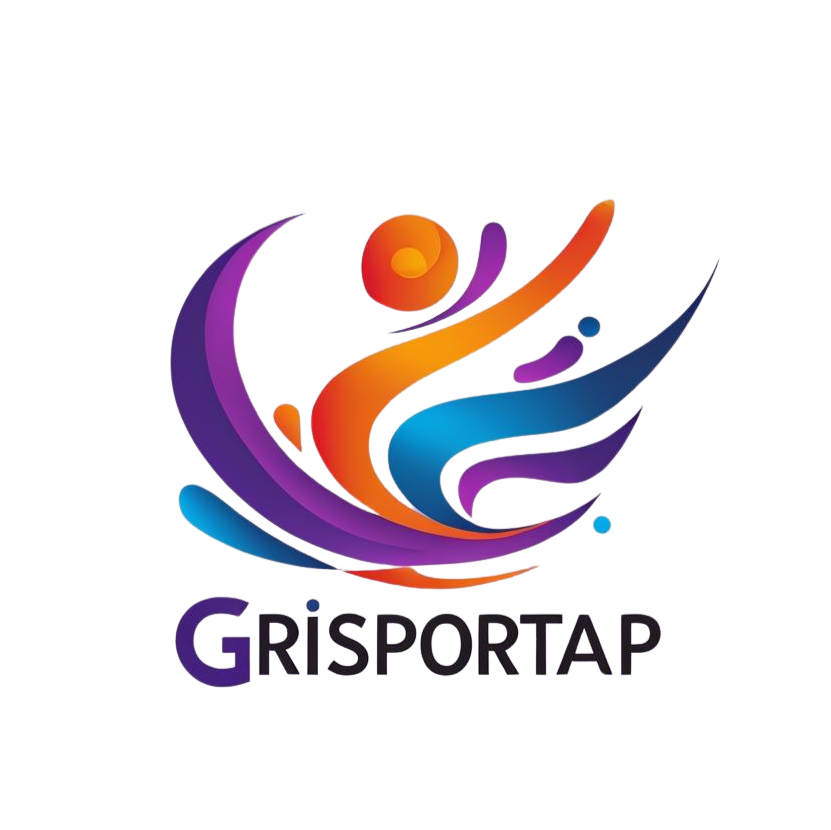dance marketing success stories open a window into how studios turned hard setbacks into steady growth.
Have you ever wondered what it really takes to rebuild after a steep enrollment drop?
You’ll meet real examples like Carissa Monroe’s studio, which rebounded from a 60% fall to serve over 400 students. These accounts show how community focus, data-informed ads, and clear offers work together.
We’ll link real campaigns such as Funnel’s “make data dance,” which paired creative metaphors with strategic rigor. That kind of blend of brand and data guides practical moves you can test in small steps.
This section is educational and realistic. Expect concise takeaways that fit limited time and budgets. For a practical case study on standing out, see this studio turnaround example.
Introduction: Why dance marketing success stories matter to your studio’s growth
Small shifts in measurement and messaging often start the longest, most reliable recoveries. You’ll read practical examples that focus on one change at a time. That makes progress easier to track and repeat.
How to read these case studies for practical takeaways
Look for three things in each account: what they measured with data, how they sharpened the brand, and which campaigns moved the needle. Write down one strategy you can test next week with your audience.
What’s changed in recent years: community, technology, and brand
Studios moved many classes online and kept visible with community activations. Funnel’s “make data dance” began with workshops to turn qualitative insight into creative metaphors. Carissa Monroe tracked cost-per-lead, tweaked landing pages, and used retargeting plus follow-up to rebuild enrollment.
“Brand choices create clarity; data gives proof; together they help your positioning land with your audience.”
- Spot patterns, then pick one strategy to test.
- Track one metric at a time so progress feels manageable.
- People and presence often drive results as much as tactics.
- Expect gradual improvement—give your business time to learn and adapt.
Dance marketing success stories: proven paths you can adapt
A practical recovery begins with one clear goal and steady communication with your community. Start by stabilizing your messaging and choosing one enrollment target to track. Keep updates simple and visible so families know you’re open and responsive.
From crisis to resilience: a studio’s enrollment comeback
Begin with three steady moves: stabilize communication, keep the studio visible, and test one offer weekly. Use short workshops, free trials, or flexible start dates to lower friction.
Cross-industry insight: making your data “dance” to power campaigns
Track cost-per-lead before scaling spend. Then iterate creative based on results. Funnel’s make data dance lets you humanize numbers so your campaign inspires action.
Performance and audience: aligning choreography with market demand
Map audience segments to class demand. Add styles or time slots that match local interest and refresh brand assets so campaigns feel consistent.
- Measure a few metrics: leads, show-up rate, enrollments.
- Document practices: scripts, email templates, retargeting rules.
- Partner locally: collaborations expand reach without big ad costs.
For a hands-on turnaround example, read this studio owner case study.
Case study: Carissa Monroe’s studio—community-led growth, data-driven decisions
Carissa Monroe rebuilt her studio by turning small experiments into repeatable practices. After a 60% enrollment drop at Dream Believe Achieve in New Hartford, CT, she focused on one clear aim: steady enrollment growth over time.
Starting with passion, scaling with management and strategy
She moved from teacher-first instincts to operational management. She delegated tasks and added systems so you can see what to scale.
Community touchpoints that build trust and presence
Local events, partnerships, and family routines kept the brand visible. These touchpoints made leads warmer before any ad spend.
Offers that convert: trials, workshops, and short programs
Free trials, short workshops, and limited discounts lowered friction. Parents tried classes with low risk and often enrolled.
Follow-up that moves leads to students: phone, text, email
“Clear landing pages and quick follow-up turned interest into enrollment.”
Practical steps: track cost-per-lead, test retargeting, use call scripts and email templates, and collect feedback to refine schedules. Over two years she reached 400+ students and set a goal of 550. You can adapt these strategies to protect revenue and grow your own journey.
Brand positioning and storytelling: lessons from “make data dance”
When performance flattens, shifting effort into positioning can revive long-term momentum.

Funnel’s refresh began with short stakeholder workshops that surfaced emotional themes. From those sessions they created the make data dance concept, using metaphors instead of cliché charts to humanize numbers.
From plateau to brand building
Move some budget and attention from quick tests to a single positioning idea. Write a one-sentence positioning statement and test it with your audience before you scale media.
Humanizing data with metaphor
Pick one clear metaphor and thread it through copy, visual art, and choreography of assets. This turns dry data into storytelling that senior buyers and families remember.
Balancing head and heart
Pair proof points with playful creative so your promise feels credible and human. Use brand guidelines to protect tone, clarity, and a tasteful sense of humor.
“Like a banjo at a hoedown. For your data.” — Funnel
- Run quick workshops to gather themes from staff, parents, and partners.
- Start small: one campaign, one message, one landing page.
- Measure recall and branded search as signs of brand impact alongside performance.
Revenue streams and financial footwork: sustainable studio growth
Diversifying where money comes from reduces risk and buys you time to pivot. Start with simple wins you can run this season.
Diversifying income
Map core revenue streams first: tuition, performance tickets, and short intensives that fit your calendar. Add low-lift items like branded merchandise and photo packages.
Run seasonal workshops to test new classes before you commit full-time. Virtual classes also stabilize cash when local demand shifts.
Budgeting and cash buffers
Track expenses monthly and set a simple cash buffer goal (2–3 months). Assign an owner for each budget line so management stays clear.
Review pricing and scholarships each year to keep your business sustainable. If you plan to expand within two years, document enrollment, retention, and revenue trends.
“Small, repeatable practices protect cash and let you invest in steady growth.”
- Map tuition, tickets, and intensives first.
- Add low-lift streams like merchandise and add-ons.
- Reconcile monthly, standardize refunds, and communicate policies plainly.
- Introduce one new dance offer at a time to protect quality.
These practical strategies keep your brand presence steady and give you time to test what really moves growth.
Digital-first moves: online classes, social content, and tech-enhanced performance
Putting tech at the center of your programming helps you stretch reach without losing warmth. Start by securing a mobile-first site with clear class times and simple sign-up buttons so your online presence is immediate and useful.
Shifting online without losing your brand’s sense of community
Keep brand cues consistent across video calls and social. Use the same colors, music cues, and short rituals so families feel the same care whether they join in-person or online.
Short-form video and challenges: students as storytellers
Use short clips to show progress and invite parents to share. Run light challenges that match your safety rules and compile highlights into a single performance reel.
Data-informed choreography and archiving: preserving your brand legacy
Collect simple data signals—views, watch time, and click-through—so you know which topics deserve more production. Plan choreography with the camera in mind: tight formations and clear counts translate well on small screens.
“Funnel’s framing shows how creative context can make data feel energizing across campaigns.”
- Host occasional workshops online to reach alumni and friends in other cities.
- Archive work with labeled folders and dates so future campaigns can remix strong moments.
- Test one paid campaign at a time and compare week-over-week before you scale.
Community, culture, and student experience: the heartbeat of retention
A welcoming culture and small rituals keep people connected long after the first class ends. Your studio’s everyday gestures build a sense of belonging that matters more than any single offer.
Inclusivity, mentorship, and feedback loops
Make intake personal. Greet newcomers, note access needs, and pair each new student with a mentor for the first few weeks.
Host regular culture-building classes and art spotlights that celebrate varied traditions and styles. These sessions broaden perspectives and deepen the community’s sense of purpose.
Collect fast feedback with short surveys and quick check-ins. Then close the loop: tell families what you’ll change and why. That practice builds trust and shows you listen.
“Small rituals make people feel seen — and that feeling keeps them coming back.”
- Train staff in inclusive language and access needs to strengthen your brand trust.
- Create recognition practices: shout-outs, progress boards, and end-of-class reflections.
- Offer clear pathways—assist, apprentice, and teach—so passion grows into a real journey.
Align your business policies with values so your way of working matches what you promise. Use community events that invite families to join, not just watch, and celebrate small wins to connect everyday life with long-term confidence.
Conclusion
End with a simple plan: one message, one campaign, one metric to track. Start small and repeat weekly so your moves compound into clear growth.
Use what Carissa Monroe learned: test offers, follow up fast, and let data guide the next step. Pair that with Funnel’s make data dance idea to protect brand and lift performance.
Balance revenue streams slowly, keep your online presence current, and run brief workshops to welcome new families without hurting class quality.
Document results, ask qualified professionals when needed, and be kind to your team. No guarantees—just a practical path you can test and refine over time.



